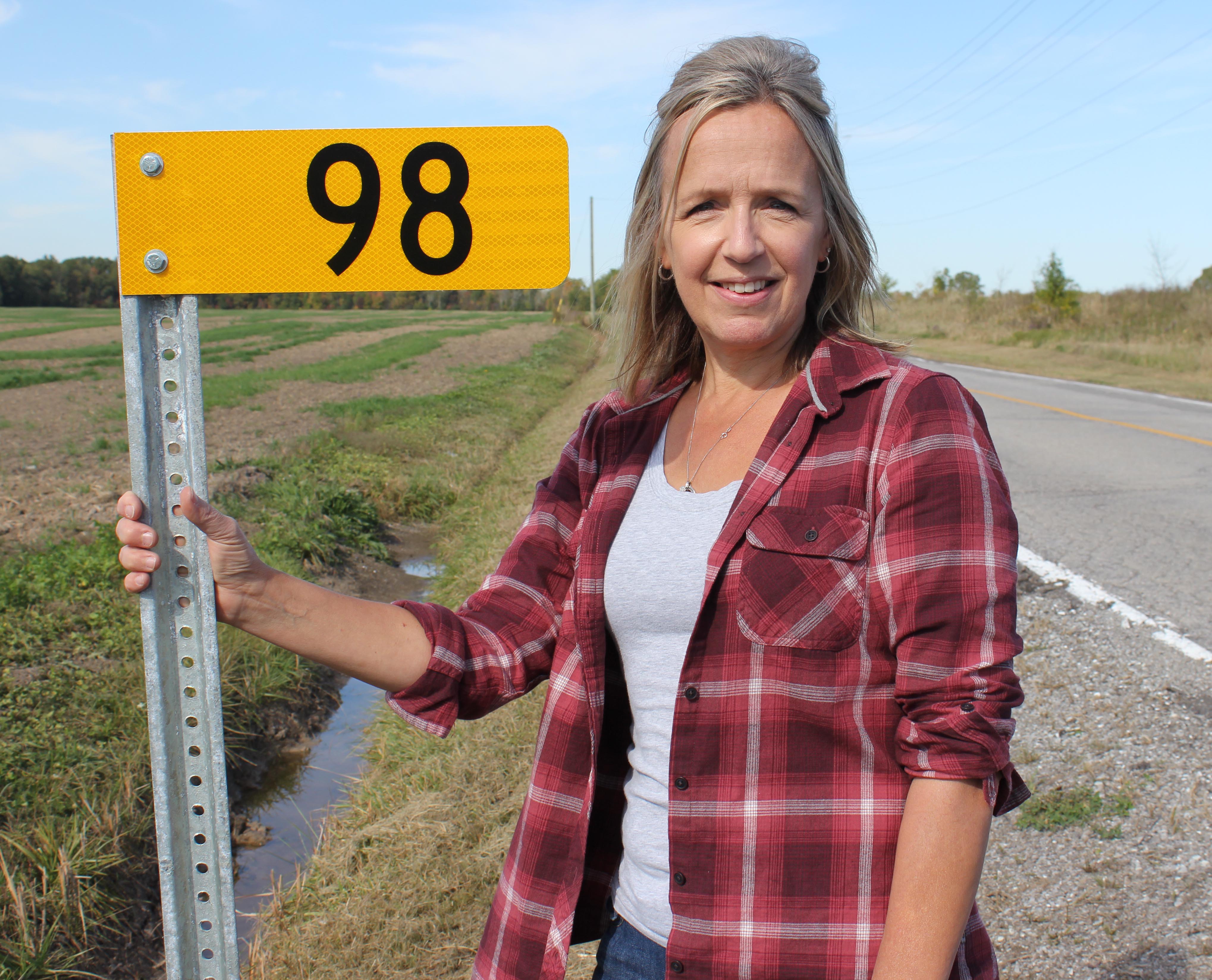Furnaces, water heaters, clothes dryers, space heaters, ranges, ovens, fireplaces, wood stoves, charcoal grills, and automobiles all produce potentially lethal carbon monoxide.
If you have one of these appliances in your home, you are required to install a carbon monoxide alarm near all sleeping areas.
THE SILENT KILLER!
Carbon monoxide is called the "Silent Killer" because you can't see, smell, or taste it.
Help protect yourself and your family from carbon monoxide with these important steps:
- Install carbon monoxide alarms near the sleeping areas of your home.
- Make sure all fuel-burning appliances, systems, and chimneys are properly ventilated and are serviced once per year by a qualified service technician or heating contractor.
- Check for improper furnace venting and cracked furnace heat exchangers.
- Do not allow vehicle exhaust fumes to enter your home.
- Avoid using charcoal grills inside your home, tents, camper vehicles, or unventilated garages.
- Clean and inspect chimneys and flues once per year to ensure adequate ventilation. Animals and bird nests, snow, ice, and other debris can block gases from escaping your chimney.
- If your carbon monoxide alarm goes off and someone experiences headaches, dizziness, or nausea, call 9-1-1 and move everyone outside of the house or building. Do not re-enter until your home is completely aired out and the problem has been corrected.
BACKGROUND
Each year hundreds of people die from carbon monoxide (CO) poisoning. Many of these deaths could be prevented by installing CO alarms in the home. Carbon monoxide is an invisible, odourless gas that is produced by burning wood, coal, charcoal, natural gas, gasoline, propane, oil methane, and other common fuels. Carbon monoxide is also produced by automobiles and other gasoline or diesel engines; electrical equipment does not produce carbon monoxide.
Carbon monoxide enters your body, undetected, through breathing, and poisoning can be confused with the flu, food poisoning, or other illnesses. Symptoms include headache, nausea, dizziness, light-headedness, or shortness of breath. High levels of CO can cause death within just a few minutes. A person can be poisoned by a small amount of CO over a longer period of time or by a large amount of CO over a shorter amount of time.
Carbon monoxide alarms are not substitutes for smoke alarms. Know the difference between the sound of a smoke alarm and the sound of a CO alarm.


